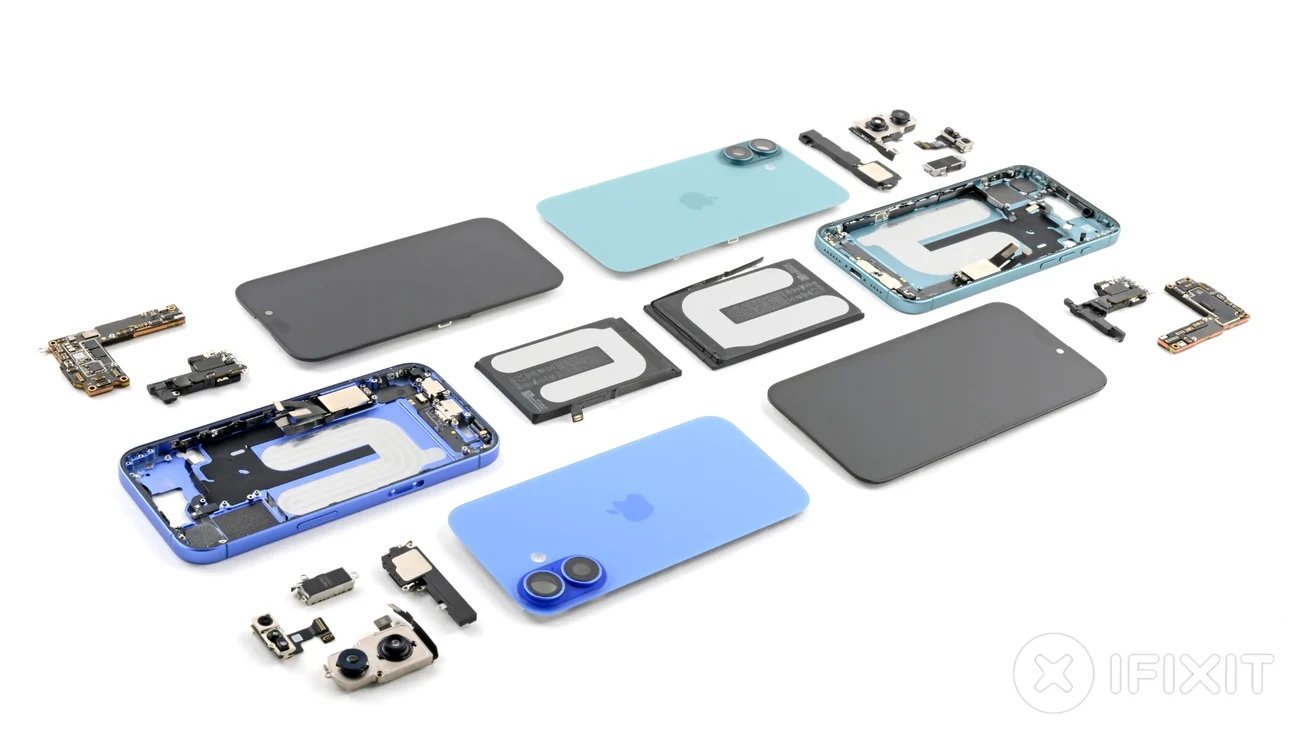Chief Technology Officer Gao Huan for Contemporary Amperex Technology Co., Limited (CATL) company, … [+]
High-quality, low-cost batteries — used to power clean technologies such as electric vehicles and energy storage — are crucial for the green transition and the prosperity it has the potential to facilitate. They also happen to be made primarily by Chinese companies.
While the Biden administration attributes Chinese firms’ success in the space to “unfair, non-market practices,” the industry has also benefited from the fact that China has an underdeveloped traditional auto market compared to the United States. As a result, Chinese consumers have been more eager to shift from internal combustion engine cars to inexpensive, domestically-made electric vehicles.
Whatever its origin, China’s success in the sector is significant enough that, according to Bloomberg NEF, it currently makes enough lithium-ion batteries to meet all global demand. But to American lawmakers, that success story represents nothing more than an additional layer — which they plan to crack — in the comprehensive national security threat Chinese firms pose.
Firms like Ford Motors and Duke Energy have been subjected to U.S. government scrutiny for partnering with China-founded Contemporary Amperex Technology Co., Limited (CATL) or using its batteries. Ford scaled back a Michigan joint factory plan with the battery-maker and Duke is phasing out its use of CATL products for both military and civilian projects.
CATL is one of the companies named in the “Decoupling From Foreign Adversarial Battery Dependence Act,” which passed the House of Representatives earlier this month. The bill prohibits the Department of Homeland Security from procuring batteries or battery services (such as storage) from six listed companies, all of which are Chinese. It would go into effect in October 2027.
But three years is unlikely to be enough for the U.S. battery industry to come up with competitive domestically-made alternatives; a source told The Guardian that will take between five and ten years. Battery solutions that don’t rely on lithium-ion batteries will also take years of development before they’re ready to enter the market.
Possibly in acknowledgement of these realities, the bill includes a waiver provision in the event that “there is no available alternative to procure batteries that are of similar or better cost and quality.”
But even if Chinese firms could navigate Capitol Hill political opposition to their U.S. market presence, they would still have to handle ongoing intellectual property (IP) disputes. According to Hilary Preston, Vice Chair at Vinson & Elkins, Chinese companies’ efforts to commercialize their products within the U.S. has been met with litigation in both the U.S. and China.
The lawsuits Preston said, involve high profile Chinese battery manufacturers like COSMX, ATL, and CATL (which is particularly important for the EV market). That means Chinese companies are to a degree competing among themselves to attain the best market position in the U.S. — in part by defending their IP.
“Patent holders who justifiably feel they’ve invested in the R&D don’t want to forego royalties on that IP if they view competitors — from any country — as infringing,” Preston said.
While batteries have long been critical for products like phones and laptops, their relevance and value have grown alongside the expanding global renewable energy market. Yet there are only a couple of dominant lithium ion battery companies. Rising competition both in China and globally makes firms more willing to litigate who owns what IP, Preston said.
Batteries’ rising importance has therefore directly fueled two of the industry’s greatest growing obstacles: the politics of U.S.-China competition and the intellectual property battles being waged in both countries. In a statement issued last year addressing the security-related accusations made against it, CATL said the company “is committed to powering a green energy future” and “doing so with international partners from all over the world transparently.”
WASHINGTON, DC – MAY 14: U.S. President Joe Biden announces increased tariffs on Chinese products to … [+]
Concerns about made-in-China cleantech is also evidenced by President Biden’s 100% tariffs on Chinese EVs and 50% tariffs on relevant batteries, which were announced in May and finalized on September 13. The inclination to impose duties on Chinese competitors has permeated across the Atlantic; EU member states will vote later this week about whether to implement the continent’s own proposed tariffs on Chinese cleantech companies.
These punitive measures will come on top of ongoing IP-related lawsuits. “As the value of the battery market continues to increase, we’ll still see more litigation,” Preston said. But she also noted more litigation does not necessarily mean Chinese batteries will be prevented from coming to market. Instead, it’s more likely companies will shift around build expenses like paying out IP royalties into their business plans.
Plus, lithium-ion batteries and new EVs are not the only Chinese-made clean energy products the U.S. needs, at least if it wants to realize the decarbonization ambitions at least half the country holds. Older technologies, like solar panels, will also be critical. (The White House also imposed a 50% tariff on Chinese-made solar products.)
The Biden administration has, however, also put effort into expediting the patent approval process for key technologies. Initiatives like the Patent and Trademark Office’s Climate Change Mitigation Pilot Program and the Green Energy patent program seek to accelerate “the examination of patent applications for innovations that mitigate climate change.”
Those innovations are not always particularly new. Instead, they might represent areas that have been around for years but are insufficiently commercialized to meet demand. In the U.S., there has been a dramatic increase of patent applications in solar cells, clean hydrogen, and batteries over the last couple of years, according to Preston.
“Satisfying our goal to reduce carbon emissions means commercializing tech from 10 or 15 years ago,” she said.
For its part, Chinese authorities have been pushing for increased commercialization of existing patents, especially those related to “key core technologies.” In February, the country’s intellectual property administration released a work plan calling for, among other things, identifying and expediting existing patent applications.
The two superpowers’ progress (or lack thereof) on renewable energy and other important innovations is partly reflective of the state of each country’s intellectual property regimes. Ensuring America’s firms and individuals enjoy full and efficient IP protection will help spur domestic innovation, partly by attracting investment and partly by assuring Americans that their inventions, while possibly useful in the U.S.-China technological and economic competition, are entirely their own.









